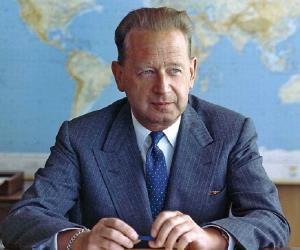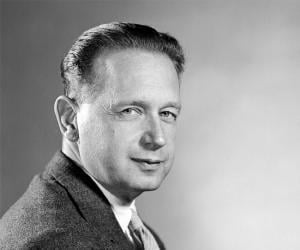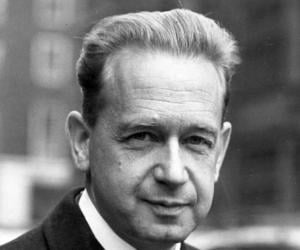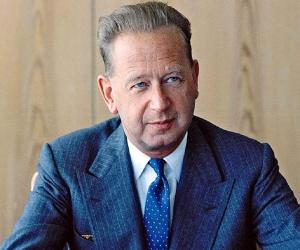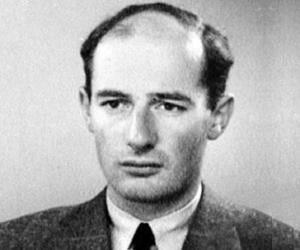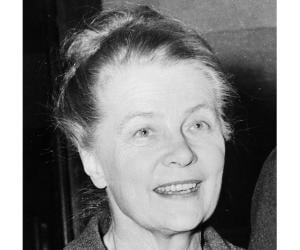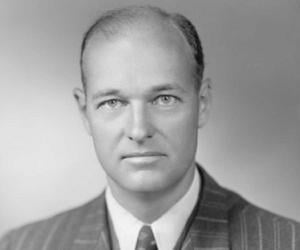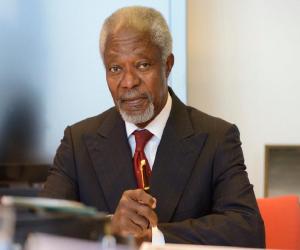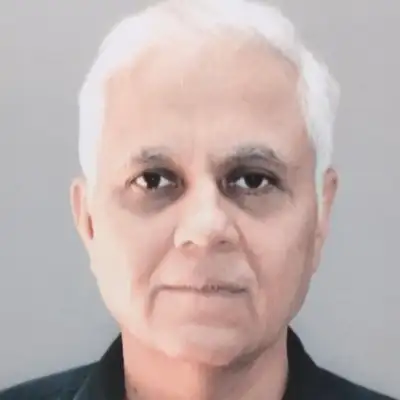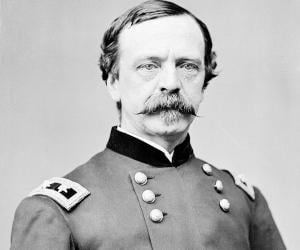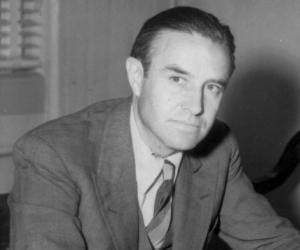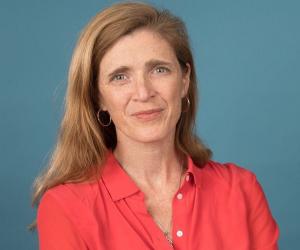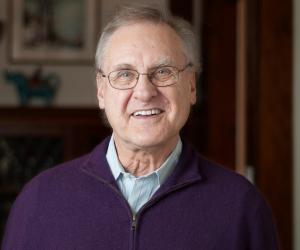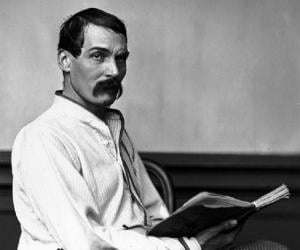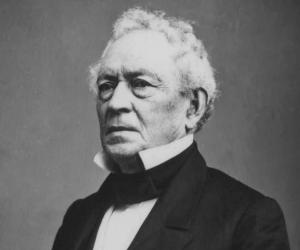Born In: Jönköping, Sweden
Dag Hammarskjöld
(Secretary-General of the United Nations from 1953 to 1961)
Dag Hammarskjöld was a Swedish diplomat and economist who served as the second Secretary-General of the United Nations from 1953 until his untimely death in a plane crash in 1961. He was the youngest person to have held the post and the only UN Secretary-General to die in office. Counted amongst the organization’s best Secretary-Generals so far, he was called "the greatest statesman of our century" by the US President John F. Kennedy. Born as the son of a prominent politician who later went on to become the Prime Minister of Sweden, Hammarskjöld was greatly influenced by his father’s ideals. He developed the belief that one should spend his life in selfless service to the country and humanity, a principle that would guide his entire career. He studied first at Katedralskolan and then at Uppsala University, before proceeding to complete his law degree. Hammarskjöld served as Secretary of a governmental committee on unemployment and before long established himself in a successful career as a Swedish public servant. He eventually became the Vice Chairman of the Swedish delegation to the United Nations General Assembly in Paris and was soon appointed the UN Secretary-General in 1953. He posthumously received the Nobel Peace Prize in 1961, having been nominated before his death.
27
14
